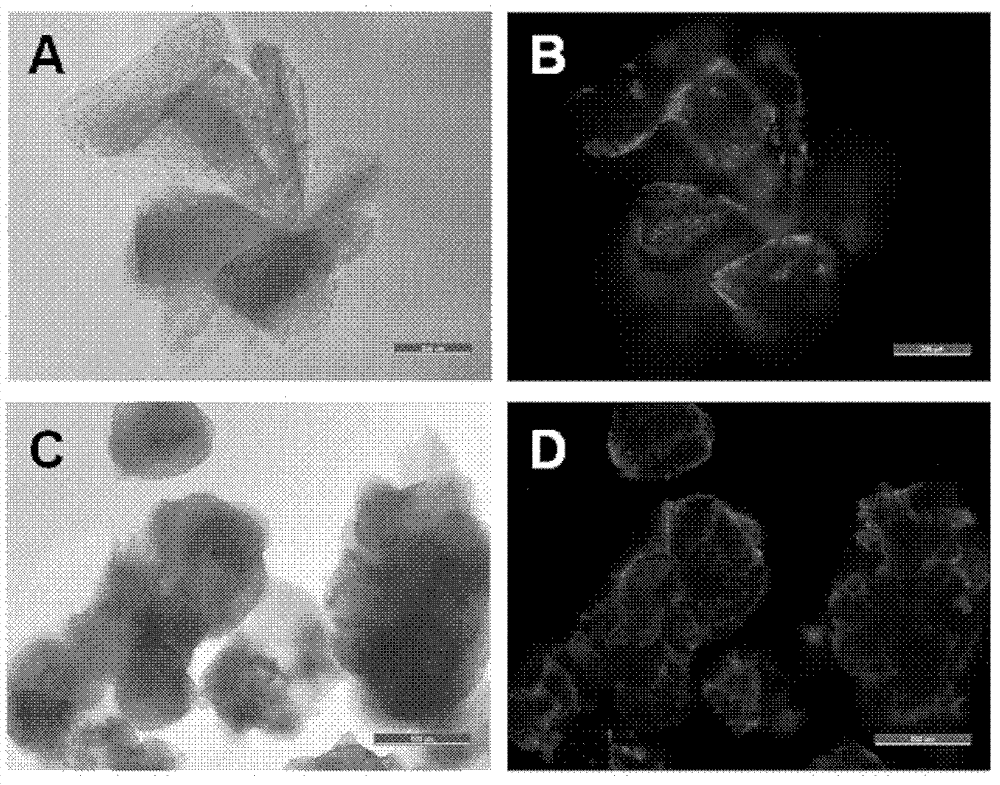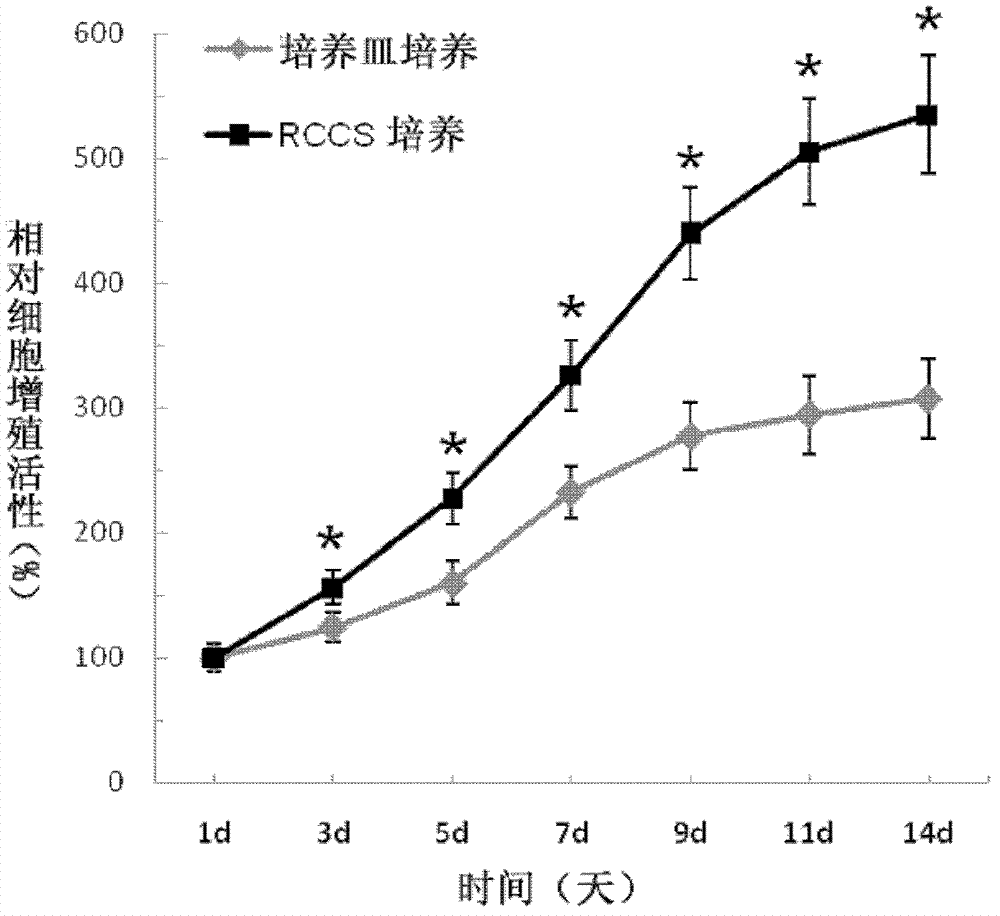Amniotic membrane microcarrier capable of simulating niche microenvironment for growth of epidermal stem cells and skin substitute thereof
A technology of epidermal stem cells and microcarriers, which is applied in the fields of tissue engineering and medical wound repair, can solve the problems of no amnion, etc., and achieve the effect of maintaining stem cell characteristics, good biocompatibility, and maintaining proliferation activity
- Summary
- Abstract
- Description
- Claims
- Application Information
AI Technical Summary
Problems solved by technology
Method used
Image
Examples
Embodiment 1
[0029] Embodiment 1. prepare amniotic membrane microcarrier mAM of the present invention
[0030] 1. Acquisition of amniotic membrane
[0031] Take the healthy fresh placental tissue that was discarded in medicine routinely, peel off the amniotic membrane under aseptic conditions, bluntly separate the chorion, and phosphate buffered with 100U / ml penicillin, 100μg / ml streptomycin, 0.25μg / ml amphotericin Soak and rinse in saline (PBS) for 3×15min, cut the amniotic membrane into small pieces of 3×2cm, put them into a cryovial, add PBS containing 10% DMSO, and store the cryovial in a -80°C refrigerator for later use;
[0032] 2. Decellularization of amniotic membrane
[0033] Take out the above cryovial, thaw it fully in 25°C water bath for 10 minutes, suck out the PBS in the amniotic membrane, then place the cryovial in liquid nitrogen to freeze, let it stand for 30 minutes, take it out, fully thaw it in 25°C water bath for 10 minutes, and put it in liquid nitrogen again. Freez...
Embodiment 2
[0036] Example 2. Construction of epidermal stem cell skin substitute ESC-mAM
[0037] 1) Culture and expansion of epidermal stem cells
[0038] After circumcision, the skin was digested with 0.25% Dispase at 4°C as usual, the epidermis was separated, digested with 0.25% trypsin at 37°C for 20-30 minutes, filtered with a metal mesh, centrifuged to collect cells, and the cells were inoculated on pre-coated IV In a type collagen culture dish, discard the supernatant after 20 minutes of adherence to the wall, add serum-free medium K-SFM, change the medium every other day, and digest with trypsin when the cells reach 70%-80% confluence to prepare a concentration of 5×10 5 Each / ml epidermal stem cell suspension is ready for use;
[0039] 2) Using mAM to expand epidermal stem cells and construct a skin substitute ESC-mAM
[0040] Get the above-mentioned epidermal stem cell suspension 10ml and the amniotic membrane microcarrier mAM 100mg that embodiment 1 prepares to inject into th...
PUM
 Login to View More
Login to View More Abstract
Description
Claims
Application Information
 Login to View More
Login to View More - R&D
- Intellectual Property
- Life Sciences
- Materials
- Tech Scout
- Unparalleled Data Quality
- Higher Quality Content
- 60% Fewer Hallucinations
Browse by: Latest US Patents, China's latest patents, Technical Efficacy Thesaurus, Application Domain, Technology Topic, Popular Technical Reports.
© 2025 PatSnap. All rights reserved.Legal|Privacy policy|Modern Slavery Act Transparency Statement|Sitemap|About US| Contact US: help@patsnap.com



